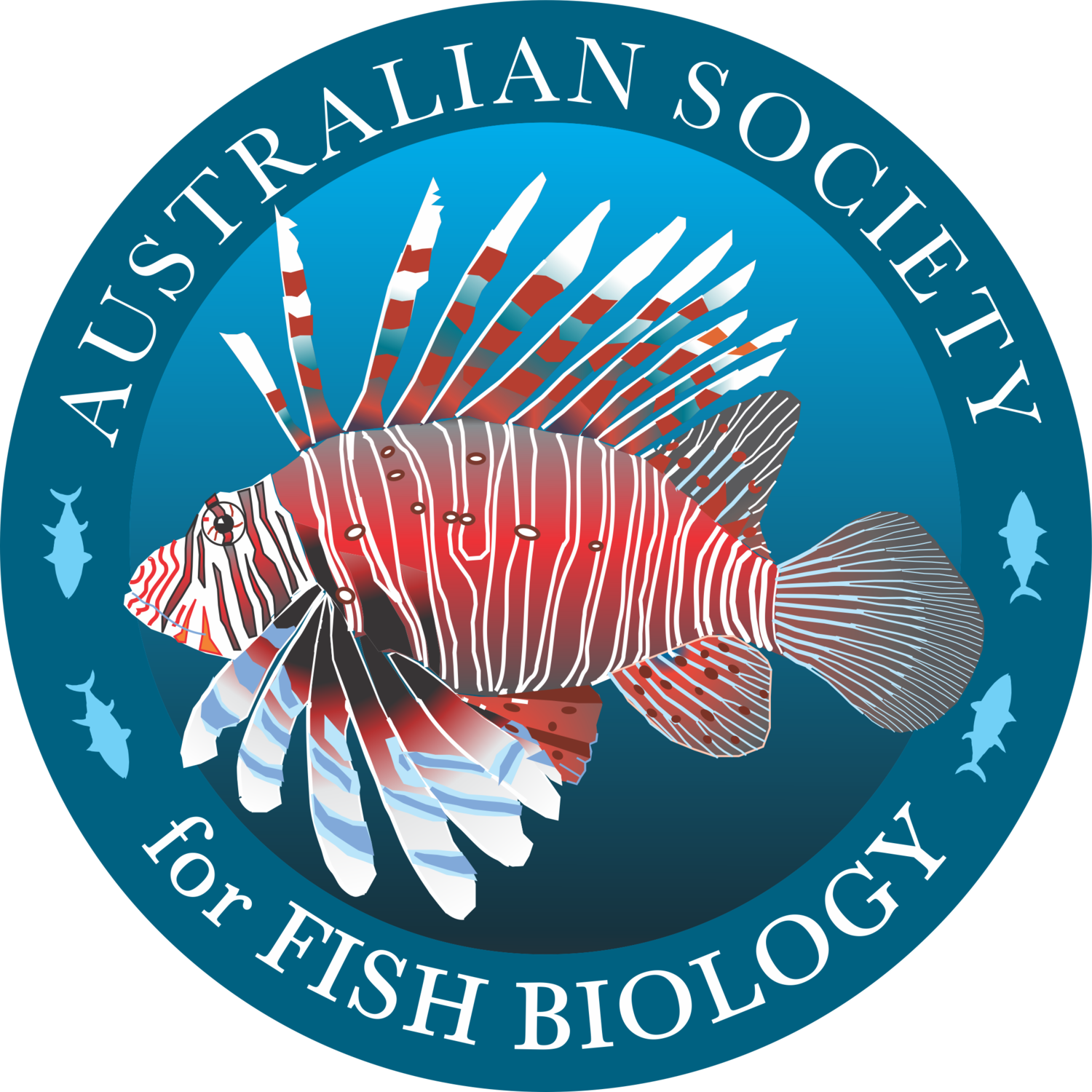Long-term monitoring of Australia’s larval fish communities
To understand how our larval fish communities are changing over time, continued long-term monitoring is essential.
Iain Suthers, Paloma Matis and the team of biologists ready to set sail aboard the RV Investigator in September 2019 to research larval fish offshore of Brisbane.
Long-term monitoring is important with changing marine systems, the need for sustainable fisheries and to address ecosystem-based fisheries management. The Integrated Marine Observing System (IMOS) Larval Fish Monitoring Program began early last year with the goal to provide quantitative information on larval fish around Australia.
Larval fish are sampled at five IMOS National Reference Stations around Australia, including North Stradbroke Island (Brisbane), Port Hacking (Sydney), Maria Island (Hobart), Kangaroo Island (Adelaide) and Rottnest Island (Perth), and combined with sporadic research voyages. Stations are sampled monthly (KAI is sampled bimonthly) using a bongo net. Larvae are sorted and identified by Paloma and Dr Tony Miskiewicz to 218 standard taxa and archived at the Australian Museum. Data is open access on the Australian Ocean Data Network.
This valuable database is already gaining interest from the research community, and we anticipate it will increase our understanding of future changes in fish distribution, abundance and phenology through the use of historical larval fish data and continued monitoring at a macro-scale.
Last September, the Larval Fish Monitoring team joined the RV Investigator voyage to replace the IMOS 6-mooring array to observe the East Australian Current (led by Dr Bernadette Sloyan, CSIRO). All six moorings were retrieved and re-deployed perfectly, some as deep as 4,800 m. Our purpose was to compare the monthly sampling at the North Stradbroke Island mooring with the broader oceanographic dynamics, up to 200 km offshore.
During the night, on most of the 21 days, we sampled 10 discrete ocean habitats, including the shelf waters, a small frontal eddy, a larger cyclonic eddy, and East Australian Current waters. Due to the exceptional stability of the ship, we were able to sort most of the 106 bongo net samples while at sea, which were later identified by Tony Miskiewicz. We collected over 20,000 larvae from 120 taxa. Of particular interest were the sardine, Australian anchovy, Australian mackerel, and many wrasses. We are now undertaking analyses of larval growth and mortality to produce better metrics to predict recruitment (UNSW PhD student Charlie Hinchliffe).
This research update was contributed by Paloma Matis, Anthony Miskiewicz, Ana Lara-Lopez and Iain Suthers. For more information about the program contact Paloma Matis (paloma.matis@sims.org.au) or Iain Suthers (i.suthers@unsw.edu.au). This article was originally published in the July 2020 edition of Lateral Lines, the official ASFB newsletter.

